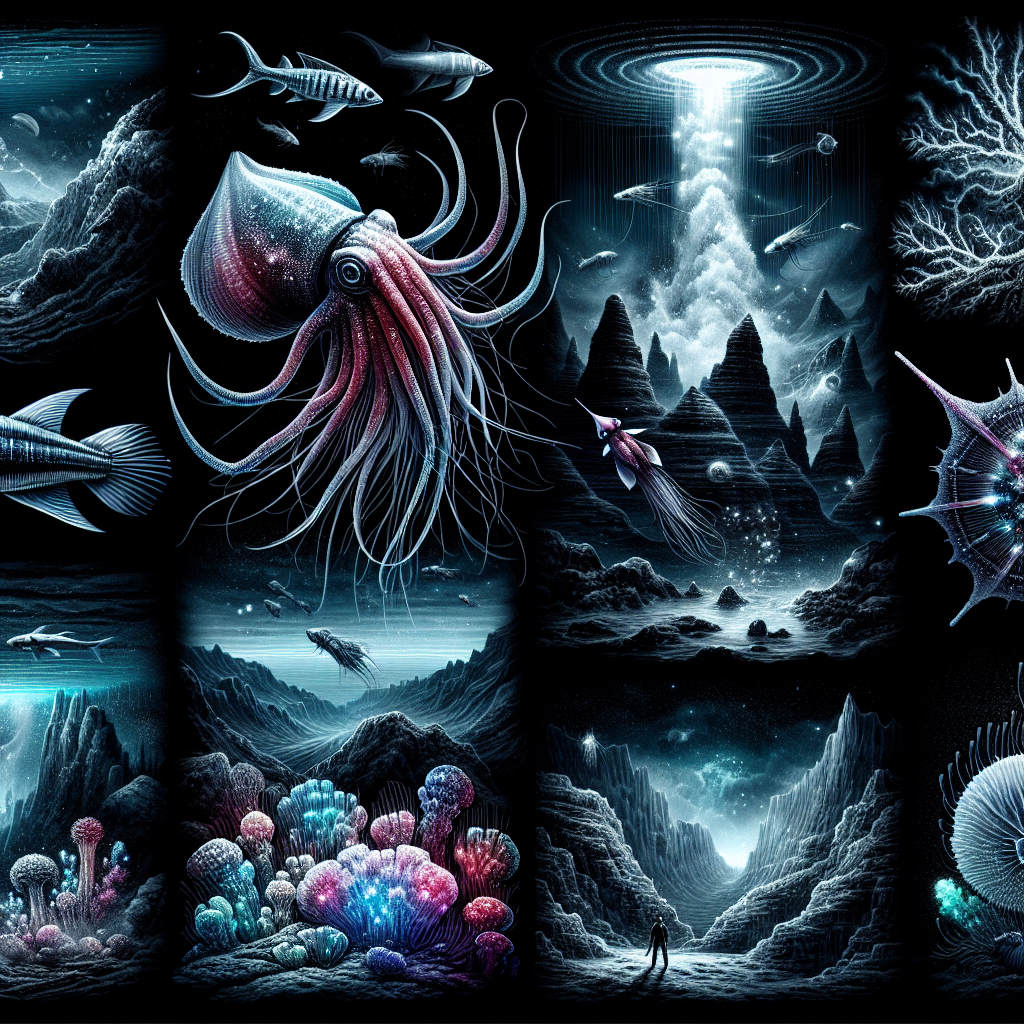Plumbing the Depths: The Mariana Trench
The Mariana Trench, located in the Western Pacific Ocean, holds the record for the deepest part of the world’s oceans. Lying approximately 36,000 feet beneath the ocean’s surface, it’s nearly 7 miles deep. If you were to drop Mount Everest in there, its peak would still be over a mile underwater!
A Significantly High Pressure
Imagine an elephant standing on your thumb, and you’ll get a sense of the pressure experienced at the Mariana Trench’s deepest point. At such depths, the pressure is 8 tons per square inch, which is a thousand times the atmospheric pressure experienced at sea level. Yet despite these challenging conditions, life still thrives.
A Home to Extraordinary Creatures
The Mariana Trench is not just the deepest place on Earth; it’s also one of the most mysterious. Despite the harsh conditions, some creatures have managed to adapt to life in the trench. Certain species of snailfish, which swim to depths exceeding 26,000 feet, are among these remarkable creatures. Then there’s the fangtooth fish, with its massive teeth and dog-like jaw, and the giant amphipod, with its armor-like shell.
Down Under: The Challenger Deep
The deepest point of the Mariana Trench is known as the Challenger Deep, reaching a depth of approximately 36,070 feet. It got its name from the HMS Challenger, whose crew first sounded its depths during the ship’s global expedition from 1872 to 1876.
Ghostly Movements at the Ocean Floor
Contrary to popular belief, the ocean floor isn’t still. Accurately described, it shivers and shakes with seismic activities. Believe it or not, the Challenger Deep is subject to regular earthquakes as it lies along the Pacific Ring of Fire, a significant zone of seismic activity.
A Chilling Temperature
If the pressure wasn’t challenging enough, ocean depths are dark and frigid. Down at the Challenger Deep, water temperatures range from 34 to 39 degrees Fahrenheit. The almost freezing temperatures add another level of harshness to this extreme environment.
Hidden Wonders: The Hadal Zone
The ocean’s crushing depths, from around 20,000 to 36,000 feet, belong to a region known as the Hadal Zone, named after Hades, the ancient Greek god of the underworld. About 45 trenches and canyons make up this mysterious and least understood region of the ocean.
Life in the Hadal Zone
Surviving in the Hadal Zone requires some fantastic adaptations. Trench-dwelling creatures rely on “marine snow” for food. Marine snow is a constant drift of mucus, fecal matter, dead animals, and other ocean debris that fall from upper layers providing essential nutrients.
A Surprising Discovery
At such staggering depths, you might think the Hadal Zone is a sterile desert. But surprisingly, recent expeditions have discerned greater life abundance than assumed. There is still so much more to learn about these hardy denizens of the deep.
Ocean Depths: Still Largely Unexplored
Amazingly, despite these discoveries, we have only explored about 5% of the world’s oceans. Just think of the mysteries and unknown creatures that await us in the remaining 95%! Mars may be intriguing, but our very own Earth still carries numerous unexplored, alien-like worlds beneath the waves, ready to surprise us with their unbelievable facts.
Studying our oceans’ depths helps us understand our planet better, revealing not just new species, but also unimagined geological processes, and scientific secrets about climate change, tsunamis, and more. It’s an exciting time in deep-sea exploration and who knows what other fascinating terrestrial secrets await our discovery?
